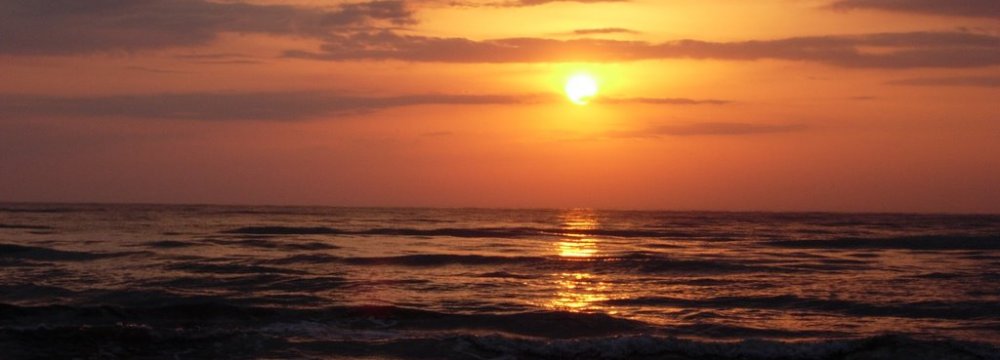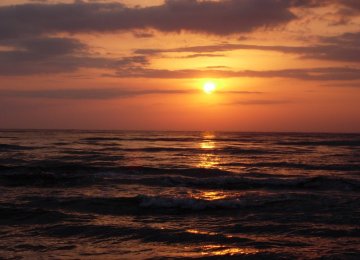Despite the port authority’s efforts to facilitate investment in marine tourism in northern Iran, investors that had gone as far as applying for low-interest government loans have changed their minds.
In an interview with Marine News Agency, Abdolkarim Razzazan, a former official of Ports and Maritime Organization, said PMO has taken steps in recent years to develop marine tourism in Iran’s northern waters, but evidently investors are not swayed.
“The organization has expressed support for private investors, which at first seemed to spur the private sector,” he said. “They applied for loans to buy equipment, such as boats, but never followed through with their applications.”
Razzazan conceded that the Persian Gulf offers better investment opportunities.
“Marine tourism in the southern regions is developing rapidly,” he said, adding that Iran’s Cultural Heritage, Handicrafts and Tourism Organization and other related entities must cooperate to help develop this key subcategory of tourism in the north and the south.
It was reported last month that ICHHTO has drafted an agreement to be signed by five ministries and the heads of 12 related organizations to rally full-scale support from government officials to develop marine tourism.
Economically Unjustifiable
Masoud Polmeh, chairman of Shipping Association of Iran, said there are no bright prospects about launching marine routes in the northern sea, as long as conditions remain unchanged.
Pointing to the different concept of marine travel in Iran, the official said most sea trips in the country take little time and cruise ships travel only a short distance from the shore due to the lack of tourism facilities and resorts in coastal locations.
“To pave the way for marine travel, this common notion has to be dispelled, but it does not seem attainable in the short run,” he said.
“The private sector is not likely to get involved, given the high costs of vessel maintenance in proportion to the potential profit.”
Polmeh noted that it is not possible to travel across the Caspian Sea throughout the year due to climatic conditions, as ships cannot set sail on very cold days or when the sea is stormy.
“It is not economically feasible for a private investor to spend heavily to run short sea trips for only a few months a year,” he said.
Pinning Hope on Persian Gulf
Statistics published by the Ministry of Roads and Urban Development show that the number of marine travelers has been rising in the past few years.
Over 7.2 million sea passengers used the county’s ports in the first four months of the current Iranian year (started March 20), which shows a 1.6% increase compared with the same period of last year.
Iran’s southern borders are responsible for the bulk of that figure, a testament to the fact that proper planning and extensive investment in the sector can pay off.
The launch of a marine route between Qeshm Island in the Persian Gulf and Oman is an example of effective measures taken by officials to develop marine tourism in the south. However, experts believe that the potential of southern seas has not yet been fully exploited.
Uncertainty about the future of marine travel across the Caspian Sea to neighboring countries has left both policymakers and investors wondering whether the goal is achievable or hopes must be placed only on the Persian Gulf.






Add new comment
Read our comment policy before posting your viewpoints